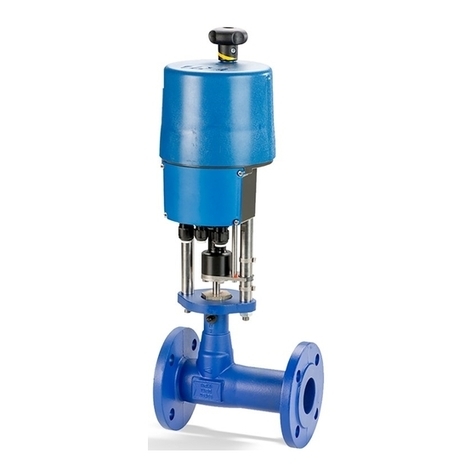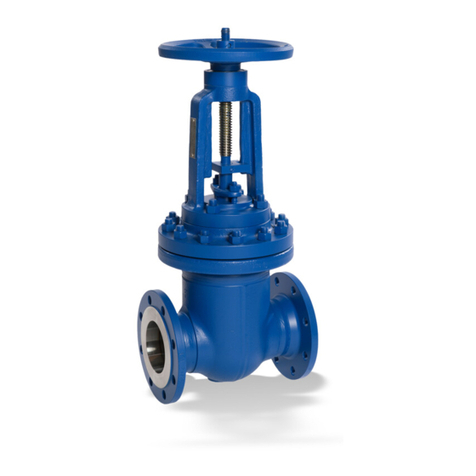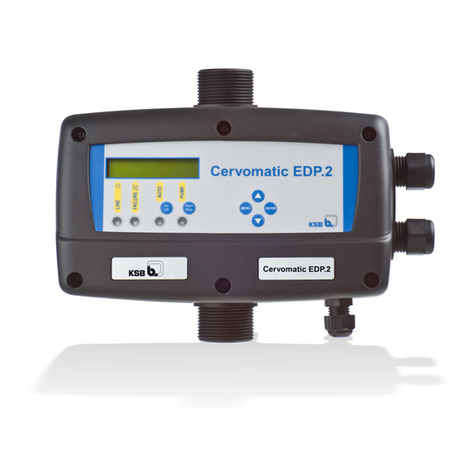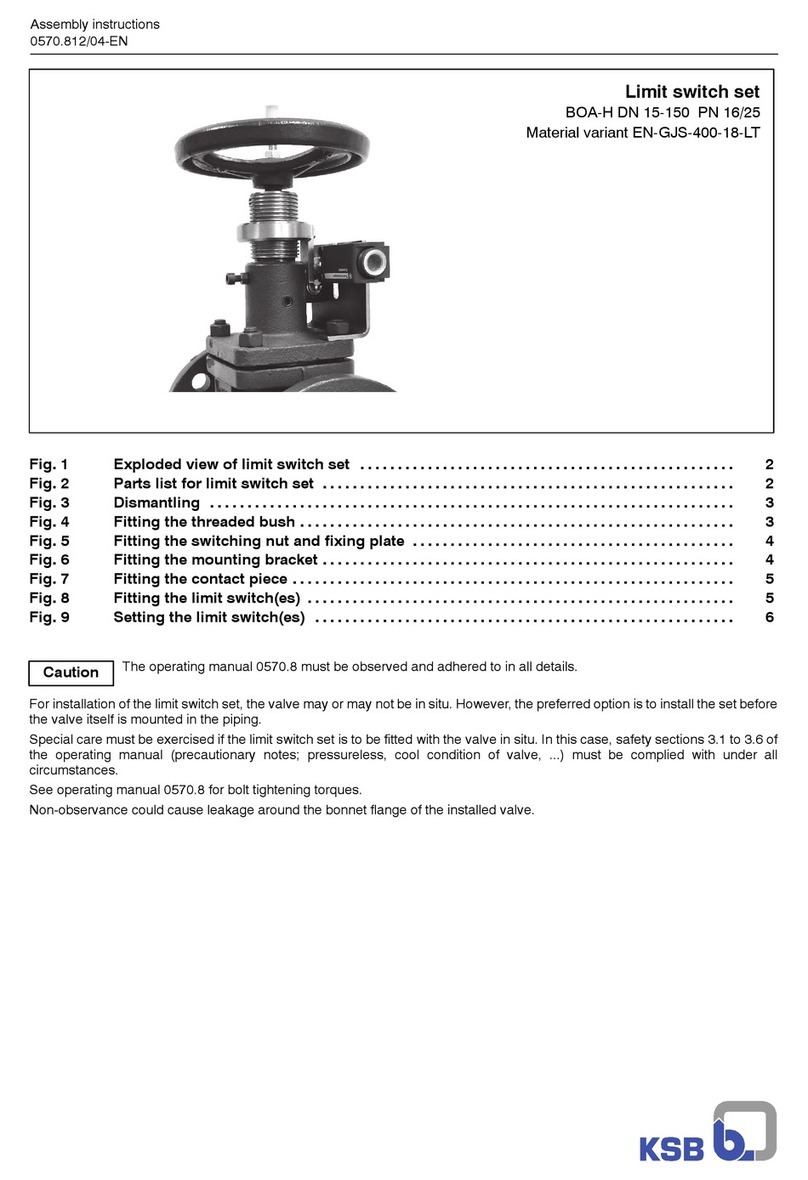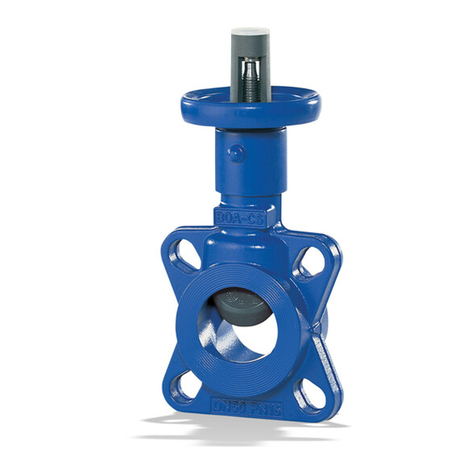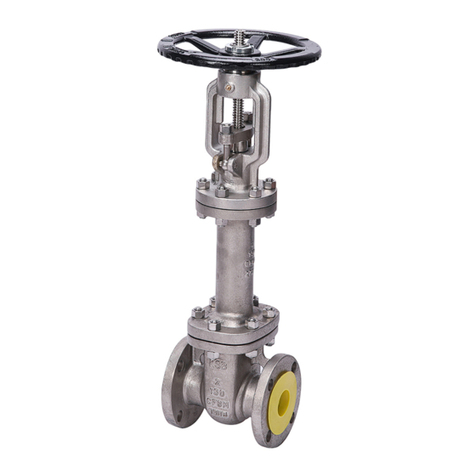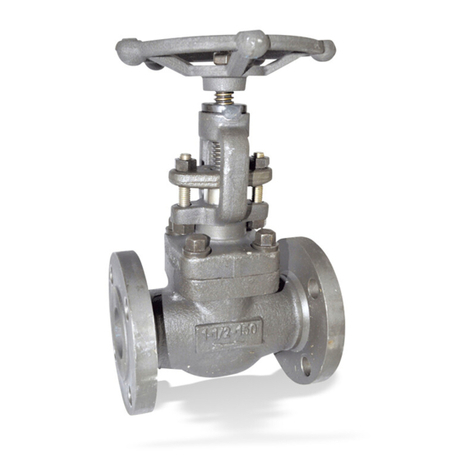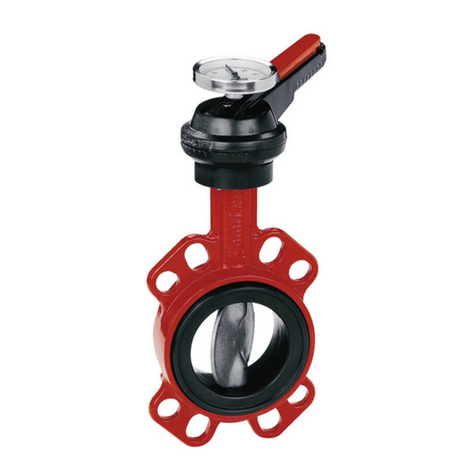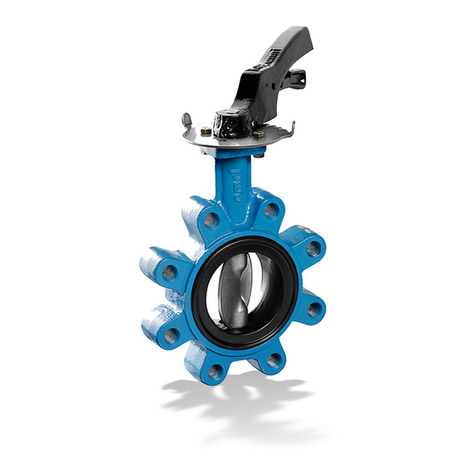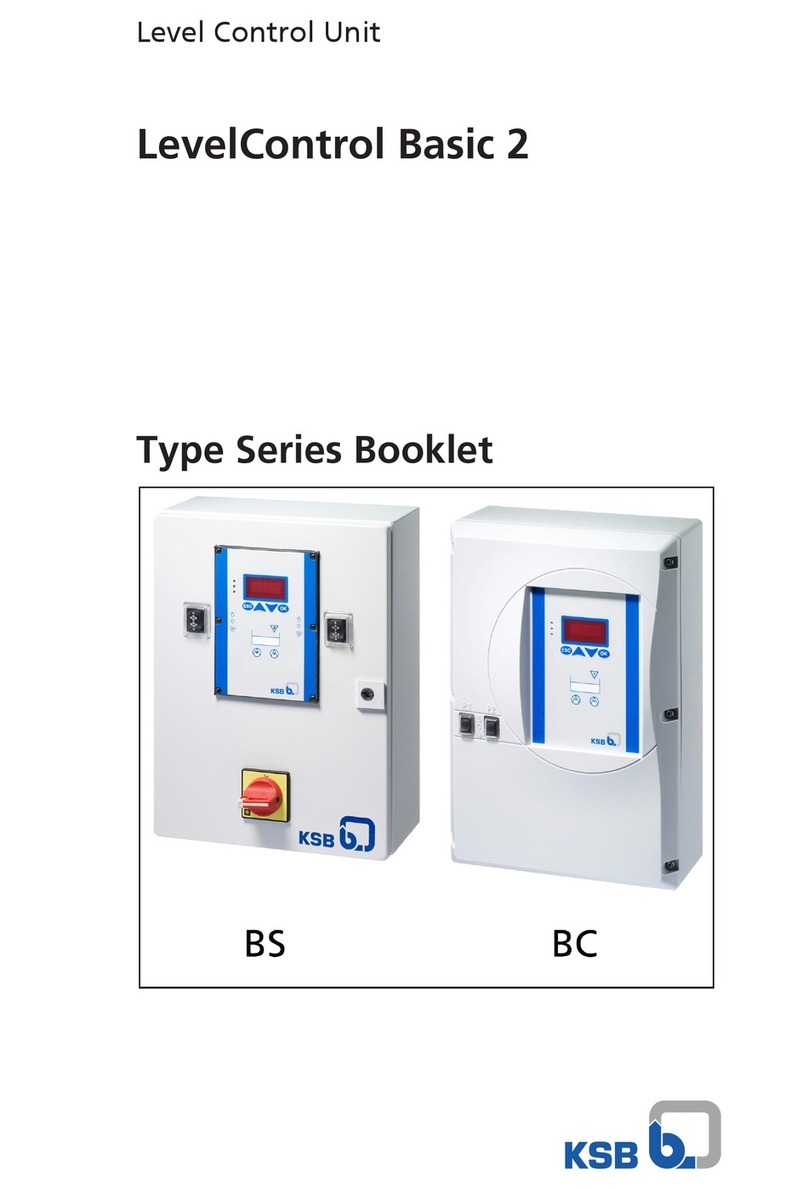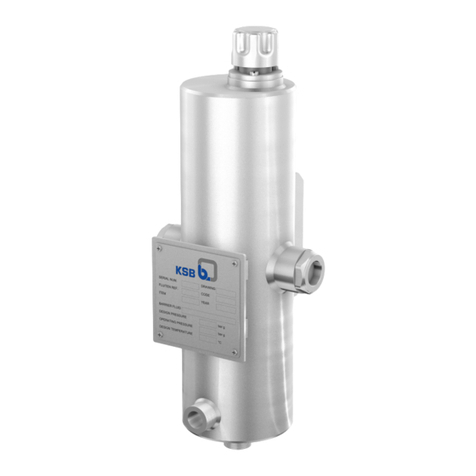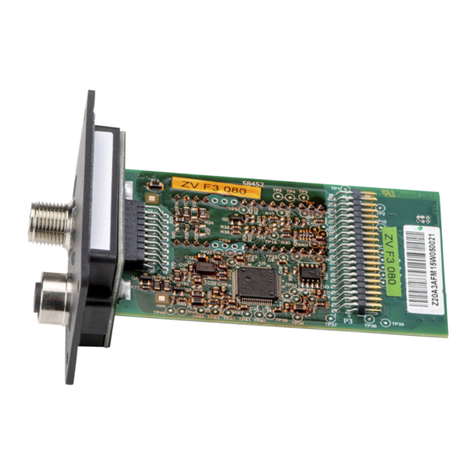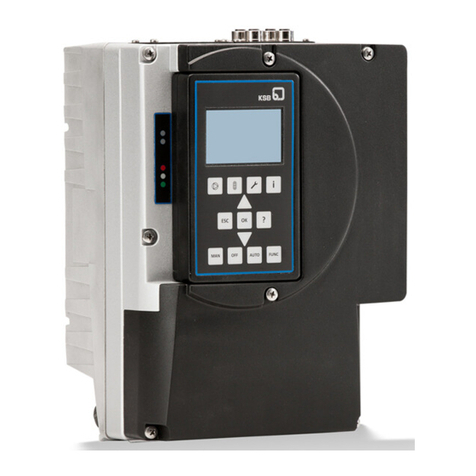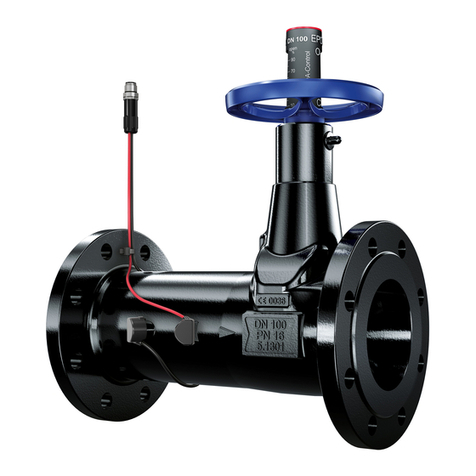
Contents
4 of 60 BOAX-B
6 Commissioning/Start-up/Shutdown................................................................................................... 29
6.1 Commissioning................................................................................................................................................29
6.1.1 Prerequisites for commissioning ...................................................................................................... 29
6.1.2 Actuation/operation ......................................................................................................................... 29
6.1.2.1 Actuating element – lever ........................................................................................................29
6.1.2.2 Actuating element – manual gearbox.....................................................................................29
6.1.2.3 Actuating element – electric actuator .....................................................................................30
6.1.2.4 Actuating element – pneumatic actuator ...............................................................................30
6.1.3 Functional test................................................................................................................................... 30
6.2 Operating Limits.............................................................................................................................................30
6.2.1 Ambient temperature....................................................................................................................... 30
6.3 Shutdown........................................................................................................................................................31
6.3.1 Measures to be taken for shutdown................................................................................................ 31
6.3.1.1 Valve with lever ........................................................................................................................31
6.3.1.2 Valve with manual gearbox .....................................................................................................31
6.3.1.3 Valve with electric actuator .....................................................................................................31
6.4 Returning to service .......................................................................................................................................31
7 Servicing/Maintenance........................................................................................................................ 32
7.1 Safety regulations...........................................................................................................................................32
7.2 Servicing/inspection........................................................................................................................................32
7.2.1 Supervision of operation .................................................................................................................. 32
7.2.2 Tools required ................................................................................................................................... 33
7.2.3 Inspection work................................................................................................................................. 33
7.2.3.1 Lubrication ................................................................................................................................33
7.2.4 Dismantling the valve ....................................................................................................................... 33
7.2.4.1 General information/Safety regulations..................................................................................33
7.2.4.2 Preparing the valve...................................................................................................................33
7.2.4.3 Removing the actuator.............................................................................................................34
7.2.4.4 Dismantling the piping.............................................................................................................34
7.2.4.5 Dismantling the valve (DN>200 only) ....................................................................................34
7.2.5 Assembling the valve ........................................................................................................................ 34
7.2.5.1 General information/Safety regulations..................................................................................34
7.2.5.2 Mounting the actuator.............................................................................................................34
7.2.5.3 Connecting the piping..............................................................................................................35
7.2.5.4 Assembling the valve ................................................................................................................35
7.3 Spare parts stock.............................................................................................................................................35
7.3.1 Ordering spare parts......................................................................................................................... 35
8 Trouble-shooting.................................................................................................................................. 37
9 Related Documents.............................................................................................................................. 38
9.1 General assembly drawing with list of components ....................................................................................38
9.2 Dimensions and weights ................................................................................................................................40
9.2.1 Dimensions of BOAX-B ..................................................................................................................... 40
9.2.2 Dimensions and weights of BOAX-B + lever CR+/CM+ ................................................................... 41
9.2.3 Dimensions and weights of BOAX-B + manual gearbox MA+ ....................................................... 41
9.2.4 Dimensions and weights of BOAX-B + MS manual gearbox.......................................................... 42
9.2.5 Dimensions and weights of BOAX-B + MC manual gearbox.......................................................... 43
9.2.6 Dimensions and weights of BOAX-B + ACTAIREVO pneumatic actuator..................................... 45
9.2.7 Dimensions and weights of BOAX-B + DYNACTAIREVO pneumatic actuator ............................. 46
9.2.8 Dimensions and weights of BOAX-B + electric actuator ................................................................ 47
9.3 Flange dimensions..........................................................................................................................................48
10 EU Declaration of Conformity............................................................................................................. 50
10.1 EU Declaration of Conformity in accordance with the European Pressure Equipment Directive for
Butterfly Valves...............................................................................................................................................51
11 UK Declaration of Conformity............................................................................................................. 54
11.1 UK Declaration of Conformity for Butterfly Valves......................................................................................54
